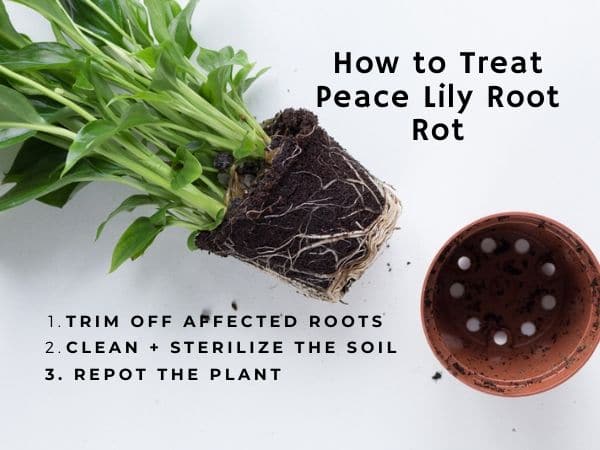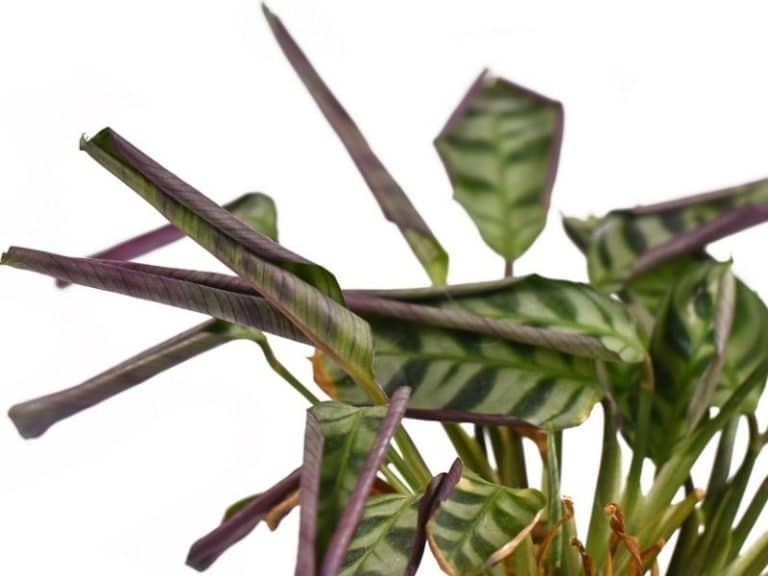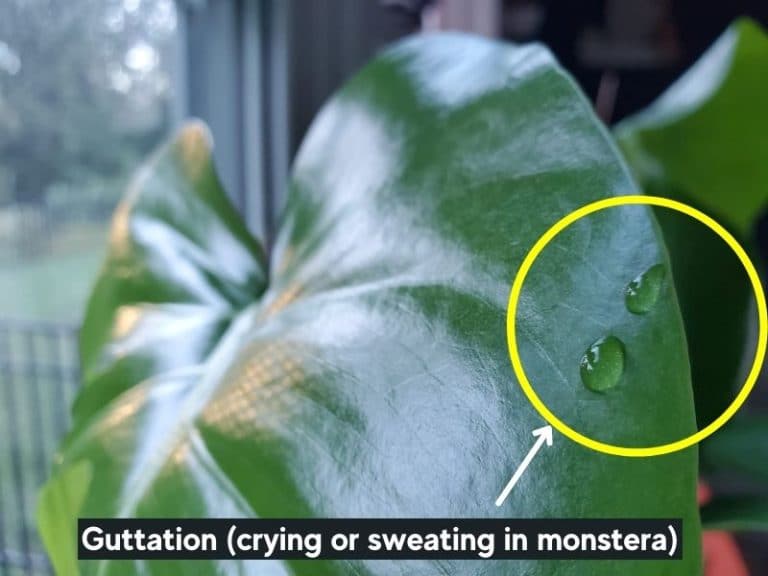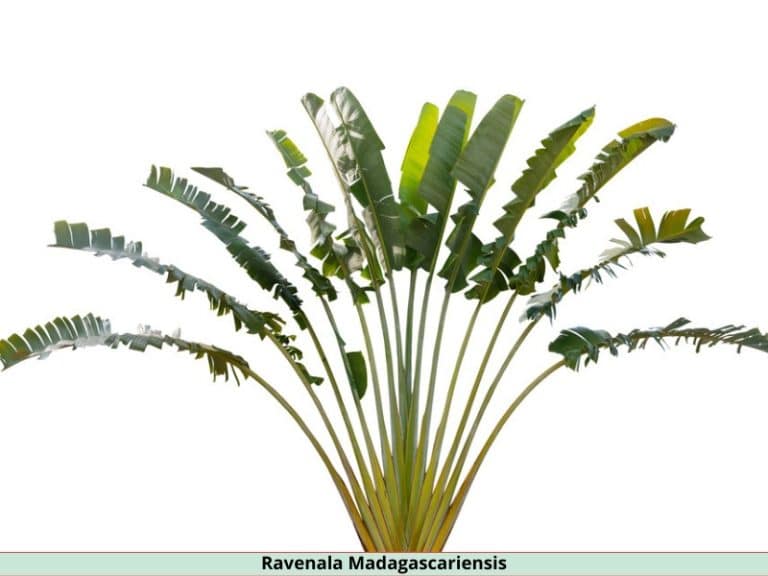5 Best Blue House Plants (With Pictures)
Blue leaf indoor plants are some of the most striking plant varieties for home improvement. Distinct species can provide your space with an extraordinary visual impact that is not only appealing but also demonstrates your unique and impeccable taste in natural home improvement and decoration ideas. So, what are the best indoor plants with blue leaves?
Common blue houseplants include the creeping blue sedum, blue glow agave, blue hosta plant, the silver sword philodendron, and the crassula ovata ‘blue bird’ plant. Some of these plants are variegated with blue hues appearing on their leaves and stems.
Are there plants with blue leaves?
There are numerous plants with blue leaves native to different parts of the world and growing zones. Individual species differ in size, care requirements, hue, and growth rate. Some of these plants are great for patios, indoors, and gardens as they require minimal maintenance.
Blue houseplants can add a unique and personalized feel to your space compared to ordinary green plants.
Common Blue Houseplants
Many species of plants with blue leaves are suitable for indoor cultivation as houseplants. Houseplants not only add a natural finish to a home but can have lots of additional benefits that include providing a therapeutic effect to your space. Some plants are good for cleaning the air while others are used mainly for decoration.
Here are some of the best blue houseplants:
1. Creeping blue sedum
The Creeping Blue Sedum (Sedum sieboldii) is an attractive indoor plant that makes a lovely decoration for your living space. It grows to an average height of about 12” and has a spread of about 10”-12”, making it a good small indoor plant with blue leaves.
The creeping blue sedum has succulent blue leaves with a deep pink line on the jagged outer edges of individual leaves.

The species prefers growing in well-drained soils under full sun, but they can also tolerate partial shade conditions. I’ve seen most people grow the creeping blue sedum in hanging gardens, small containers, and on porches/balconies to give homes a more personalized touch.
During autumn, the creeping blue sedum bloom to produce small multiple light pink flowers that attract birds, butterflies, and small insects that readily feed on the nectar.
The creeping blue sedum requires minimal maintenance when it comes to watering and fertilizer since it is a drought-tolerant and pest-resistance species.
2. Silver sword philodendron
The silver sword philodendron (Philodendron hastatum) is an attractive houseplant native to Brazil. The plant features broad sword-like leaves that display a blue/silver-like tinge depending on your positioning.
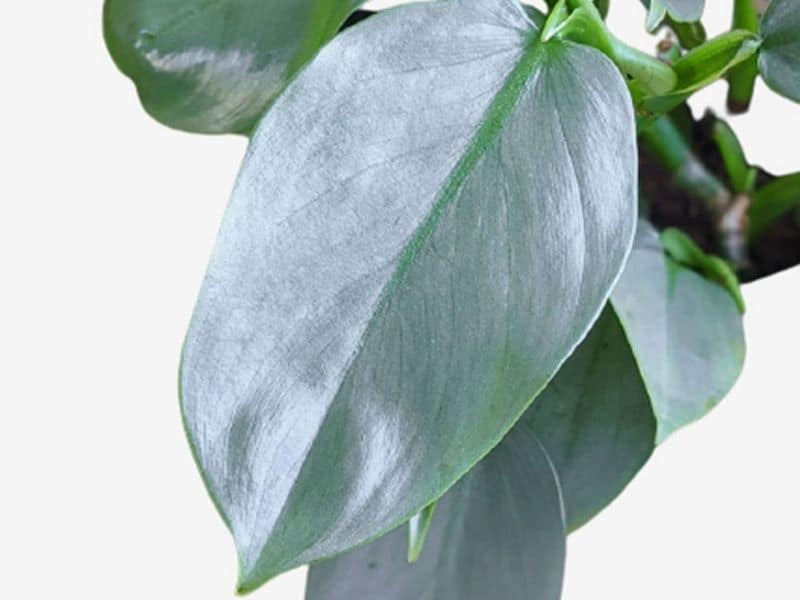
Philodendrons prefer indirect natural lighting conditions but can also tolerate low light conditions. The silver sword can reach a height of up to 1 m indoors (and up to 3m outdoors), although it might need additional support scaffolding. You need to water the plant constantly, every 2-3 days during summer months and about once a week during winter, to maintain the metallic hue characteristic of the species.
The plant does well under moist but not wet soils. When growing the silver sword indoors, choose a potting medium with good drainage and aeration. You might also need to pot up the plant at least once a year to accommodate its growing height.
The silver sword philodendron is relatively easy to grow, propagate and maintain, making it an ideal choice for home decoration. In addition, a decorator can choose to move the plant close to a window to ensure adequate sunlight exposure and display.
3. Blue glow agave
The blue glow agave (Agave tequilana) is an evergreen, slow-growing succulent species native to Mexico. The plant features large blue-green leaves (complemented by gold/red stripes on the outer edges of each leaf) that instantly add a colorful natural accent to your living space.
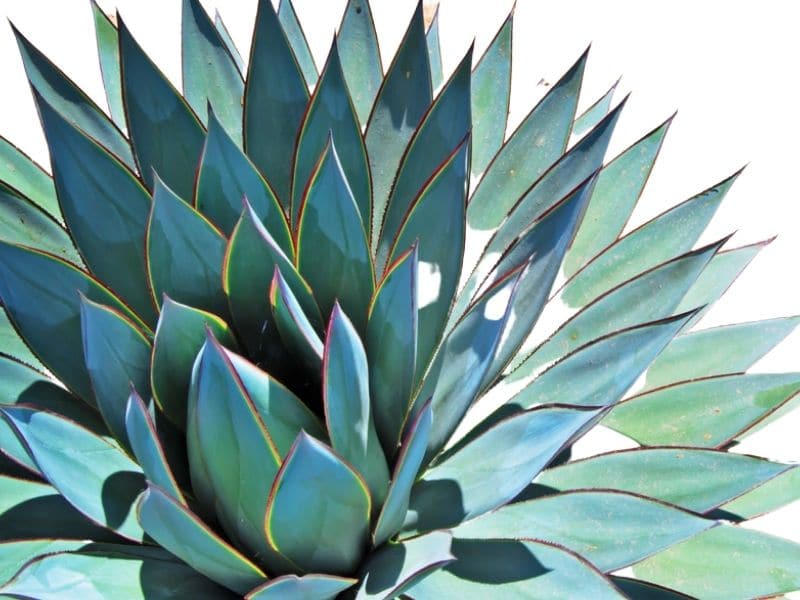
The agave grows to about 1-2 ft in height and can reach a 2-3 ft spread if left to grow naturally. It does well under full sun conditions where it tolerates continuous exposure to sunlight for extended periods without any adverse effect on the plant’s health.
The blue glow agave prefers loam or sandy soils with adequate drainage, acidic to pH, and minimal watering. It’s advisable to water the plant every 4-5 days during the initial growing phase and at least 2-3 times a month once it establishes fully.
The agave species of plants look like aloe vera and are highly disease and drought-resistant and can continue growing under minimal care.
You can grow the plant indoors, on your patio, or outdoors as a natural decoration for your space. Besides, the natural sugars in agave contribute considerably to tequila production.
4. Blue hosta plant
The blue hosta is a perennial plant species ideal for indoor spaces. The plant’s beautiful blue leaves add a unique, natural, and personalized touch to your living space when grown for indoor decoration.

The blue hosta species features numerous broad-shaped, blue-colored leaves that can be useful when looking to add a touch of color to your indoor space. Individual plants can reach a height average of 6 inches to 3 feet depending on the potting size and optimum growing conditions.
It’s vital to ensure that you opt for fertile, well-draining soils as the species is susceptible to damage from overwatering. Watering should be consistent, at least twice a week depending on your house’s temperature, season, and overall humidity.
Mornings are the best time to water your blue hosta plants as the roots have ample time to soak up the water. The Blue Hosta prefers indirect light, but it can also tolerate full shade conditions. You can grow the plant within your indoor space, exterior, garden, etc.
5. Crassula ovata ‘blue bird’
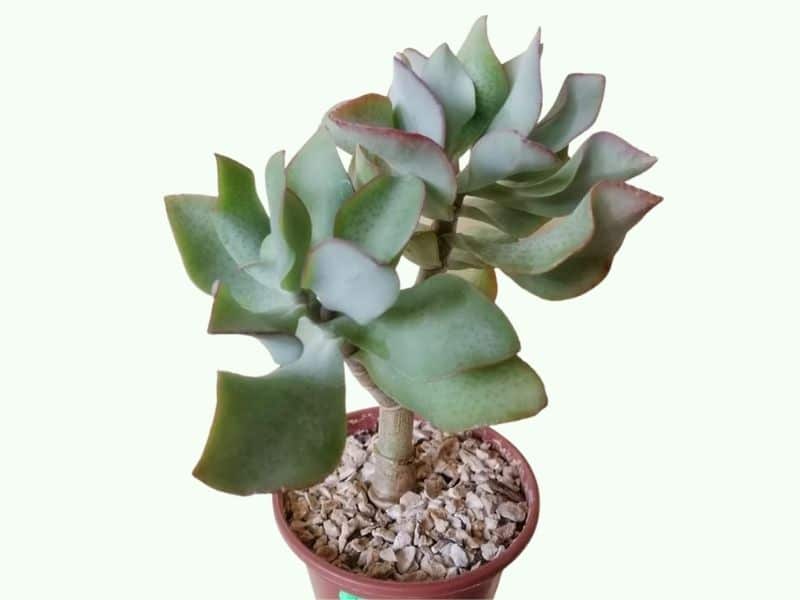
Crassula Ovata ‘bluebird’ is a short succulent plant species native to South Africa. The species can tolerate different conditions and are ideal for indoor decoration.
Individual plants feature a bushy shrub-like appearance where rounded blue-green colored leaves form dense clusters around the stalk, stem, and roots. The leaves appear shiny, smooth, and fleshy, with some varieties having a red outline on the outer edges of each leaf.
Crassula Ovata is a popular indoor plant partly because of its low care requirements. The plant only requires minimal attention, including watering, pruning, etc. They can also tolerate growing under confined spaces, including small growing pots and vases.
The average height of the bluebird species ranges from 10-12 inches (although the plant can reach heights of up to 2.5 meters if left to grow unhindered) and has an average spread of about 12-16 inches.
The plant requires watering every 1-2 weeks, where it is advisable to let the soil dry out before adding water. The species is susceptible to damage from overwatering, although it can tolerate drought and disease exceptionally well.
It’s best to grow the crassula ovata under full sunlight. You can achieve such sunlight requirements by placing the plant close to a window or other source of natural light. It makes a great east-facing window plant. The species can cope with temperature ranges of 65℉-75℉, although they prefer more relaxed conditions of about 55℉ at night or during the cooler seasons.
Crassula ovata occasionally bloom during winter to produce small, pink, star-shaped flowers, which can add some color to your space at the onset of winter. Unfortunately, the sap is mildly toxic to humans, horses, and pets, especially on skin contact.
Different varieties of typical blue leaf indoor plants include:
- Short Leaf Aloe
- Burro’s Tail
- Blue Cereus
- Sea Stars
- Blue Pearl Sedum
Can blue leaves carry out photosynthesis?
Blue leaves can carry out photosynthesis. The foliage contains chlorophyll under the dominant blue pigment. Chloroplasts within the leaf allow for efficient photo-absorption, making photosynthesis possible.
Besides, some blue leaves are merely green with a thick wax layer that (depending on the plant’s positioning) creates an illusion that the leaves are blue instead of the traditional green color common with most plants.



